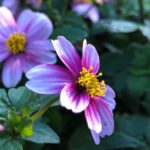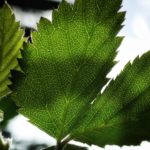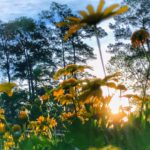Using Light

Enhance photos by use of light
This is the first of a series of posts on how to take interesting and beautiful pictures of flowers. I hope you find them useful.
As a budding iPhone photographer and a master gardener, it is natural that many of my favorite subjects tend to be flowers and plants. Flowers provide great variety in color and texture, so they become a treasure trove as subjects for photographers. In this series we will explore different facets of flower photography.

Back light
Light is key to the success of any photo session, and it is no different when taking pictures of flowers. The question becomes, “What is the best light for the pictures we want?” Contrary to what many believe, the best light is not bright, direct sunlight; instead it is soft, diffused light typical of cloudy days or the soft warm rays during the golden hour that are best. The golden hour is an hour after sunrise and the hour before sunset. It provides light that gives flower photography a magical appearance. Pictures taken under these conditions eliminate hard shadows and bright spots and make it easier to get a good exposure for the shot.

Golden Hour
Don’t forget to look for opportunities to backlight your subject. Most flower petals and many leaves are transparent, making it possible to get vibrant, glowing pictures that capture a viewer’s interest. While cloudy skies and the golden hour provide the best lighting for flower photography don’t fear to experiment with brighter, more direct lighting just know that getting a great picture under those conditions will be more challenging.
Shift your position and look for light coming from different angles; front, back or side lighting your subject will give you a completely different look and feel using the same flower as a subject. The pictures in this post shows examples of how you can use light and shade, back light and the golden hour to create interesting and artistic flower photographs.
Look for the second post in the series where we talk about composition and its importance in creating those perfect flower pictures. Grab your cameras and go snap some pictures and have fun capturing pictures of your favorite flowers. Watch for a new posts designed to help you improve your flower photography in early September.
Written by: Cliff Blackerby, July, 2019.